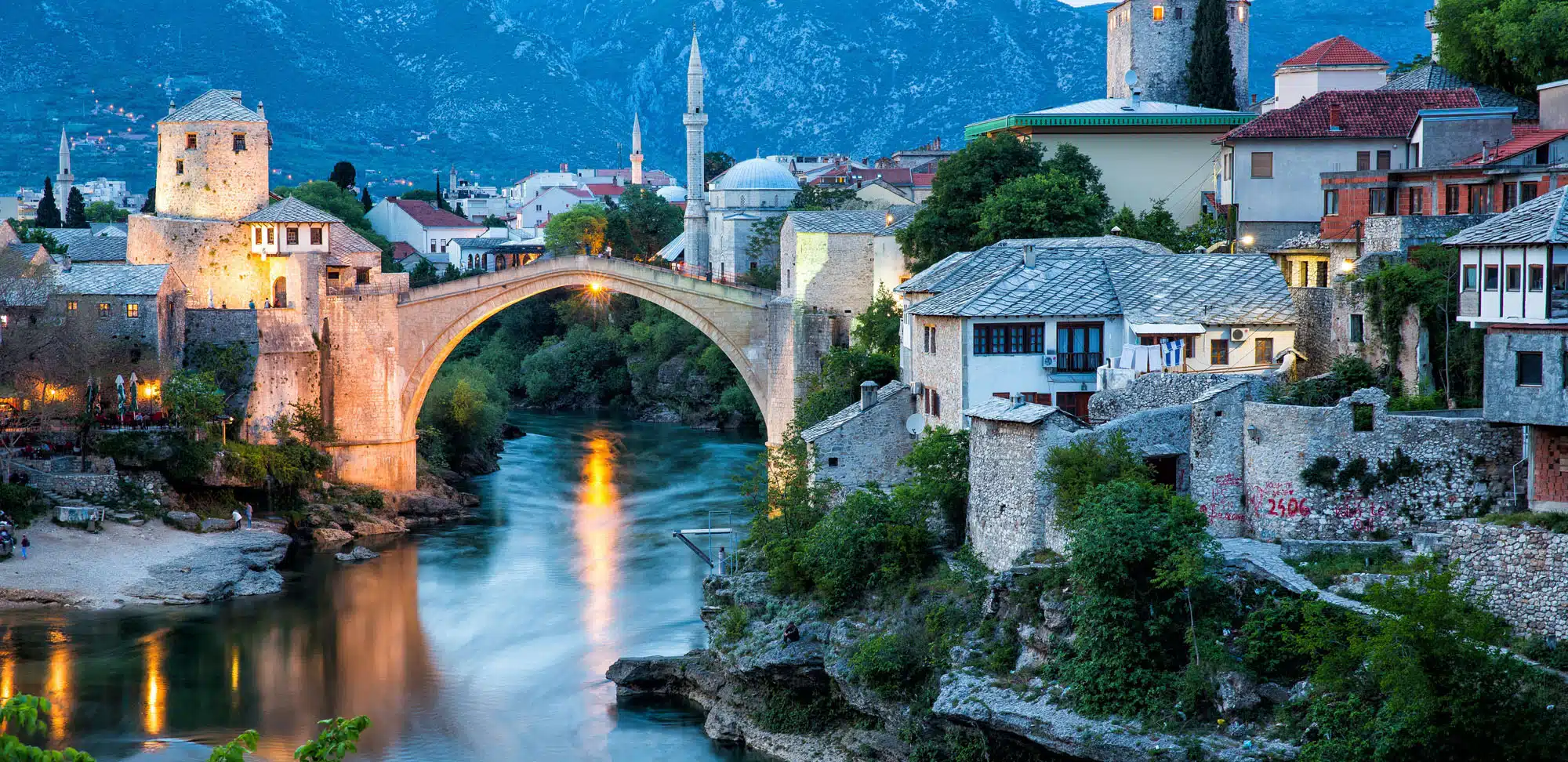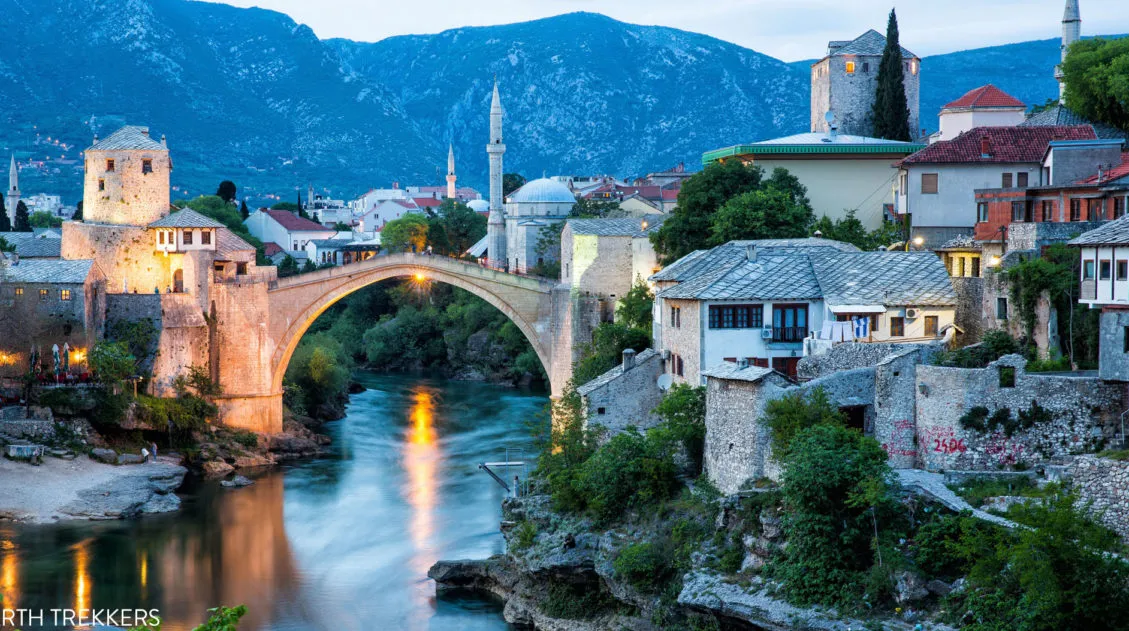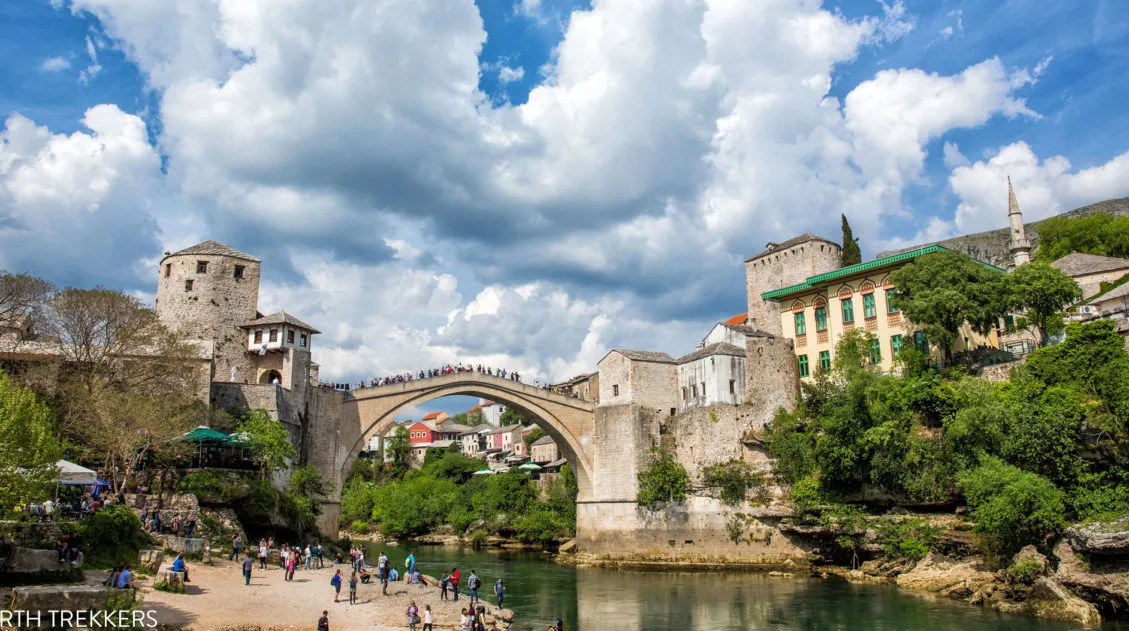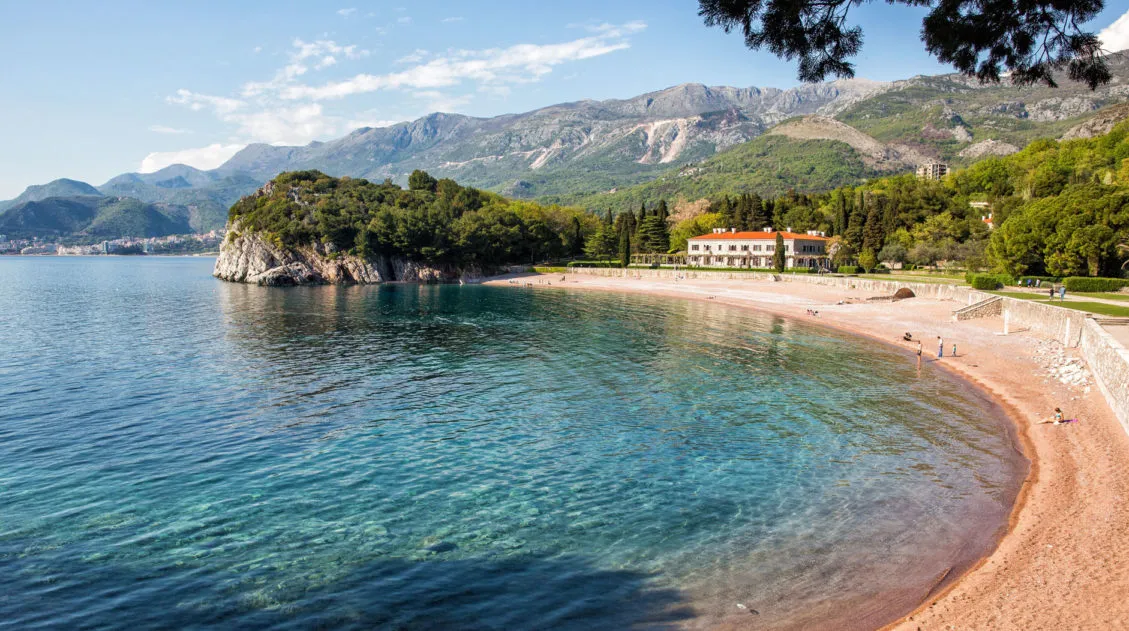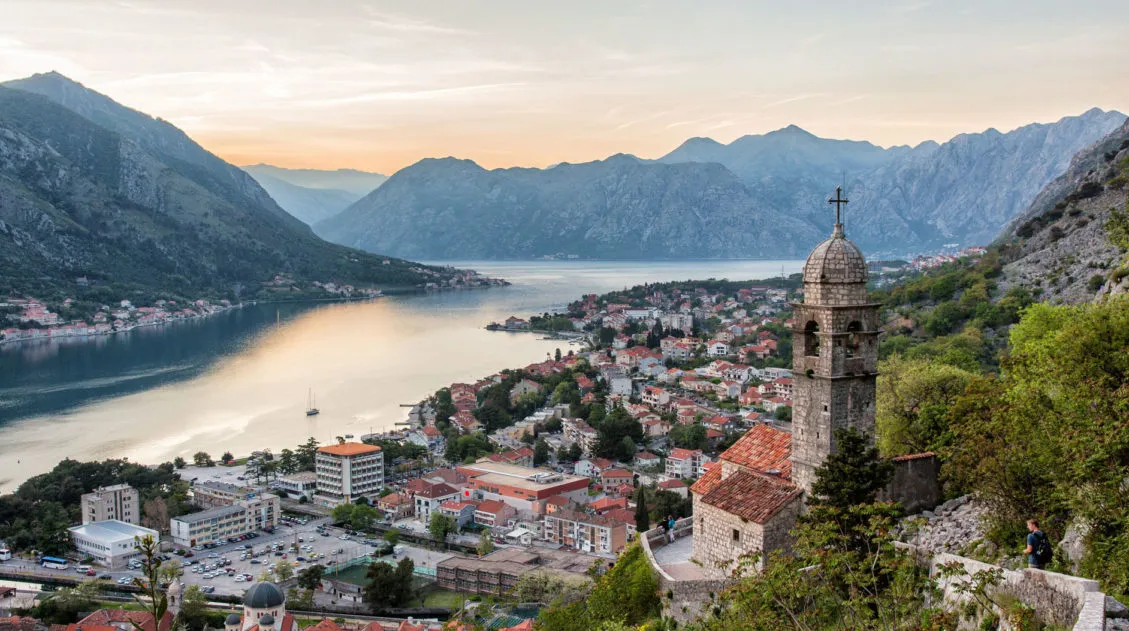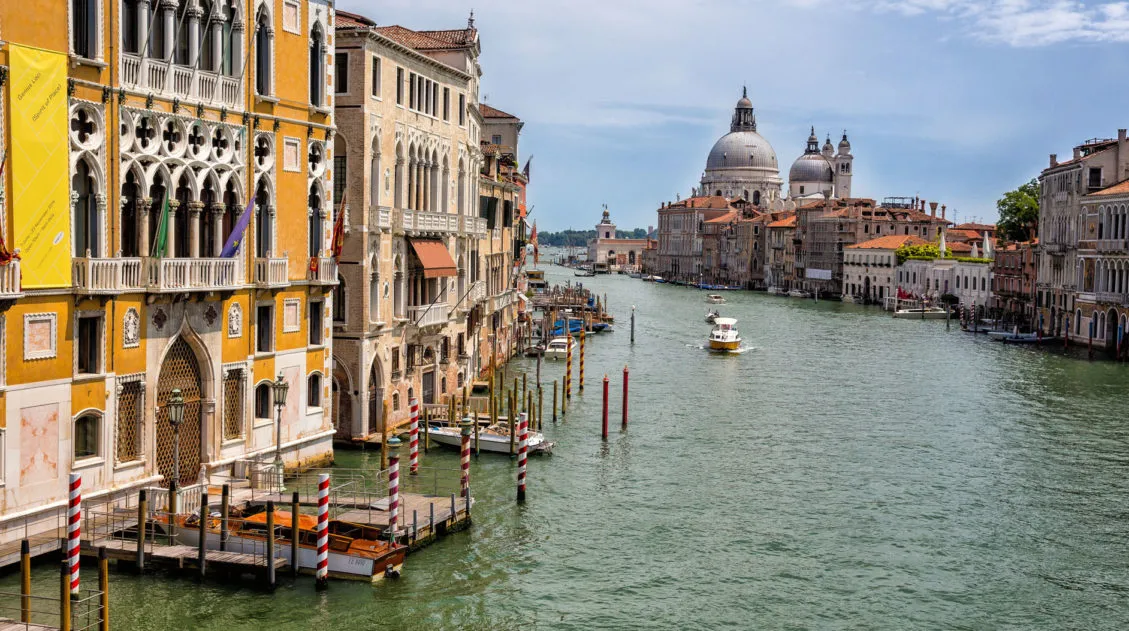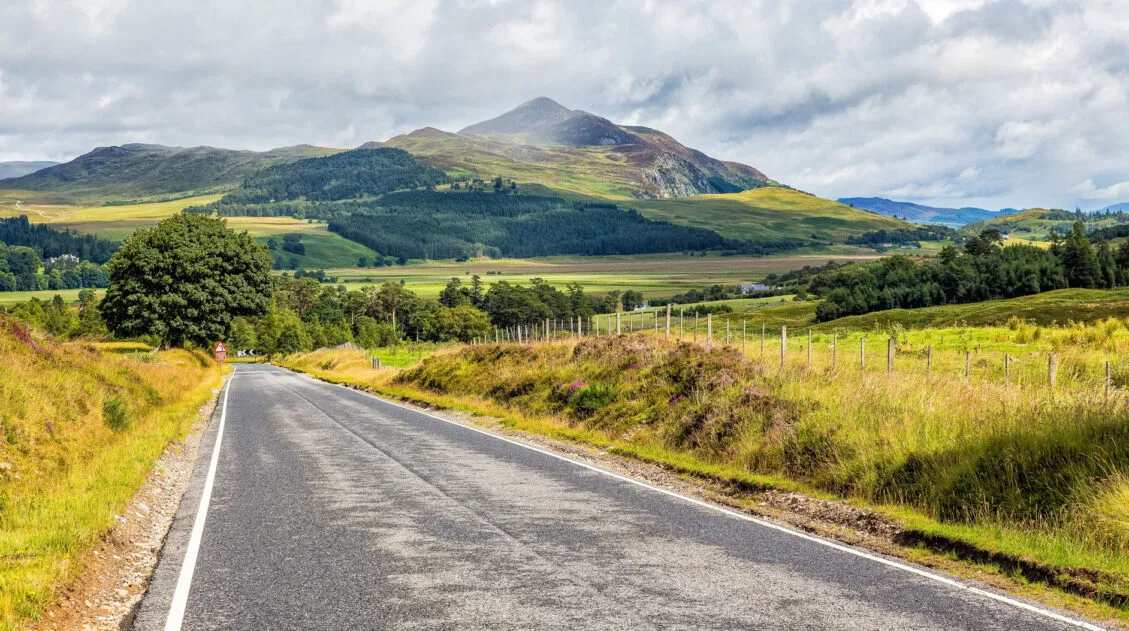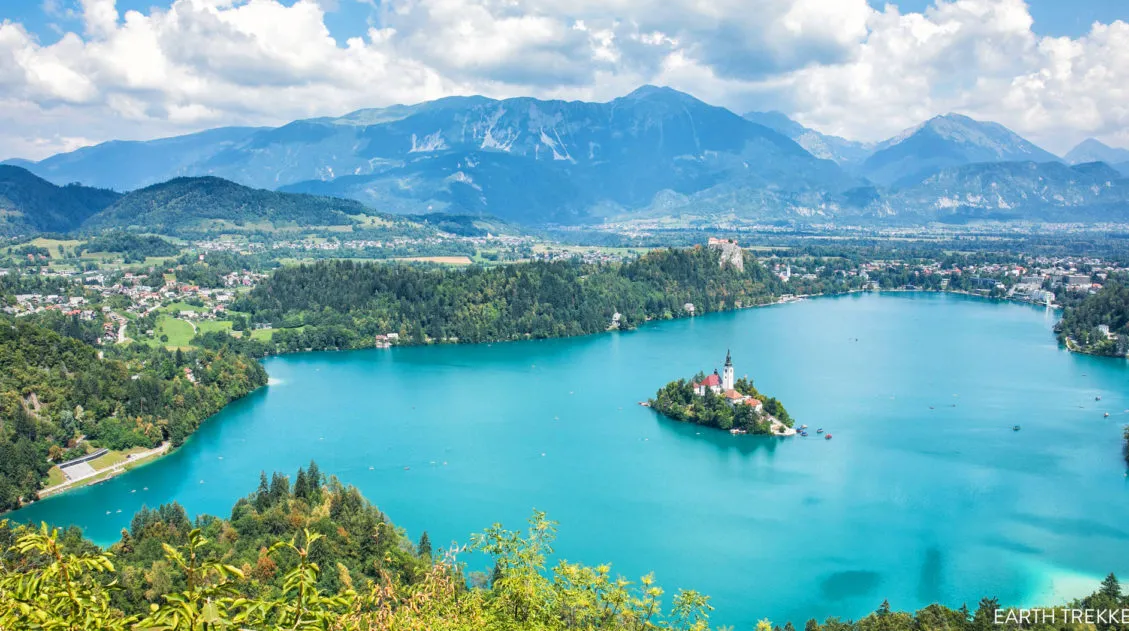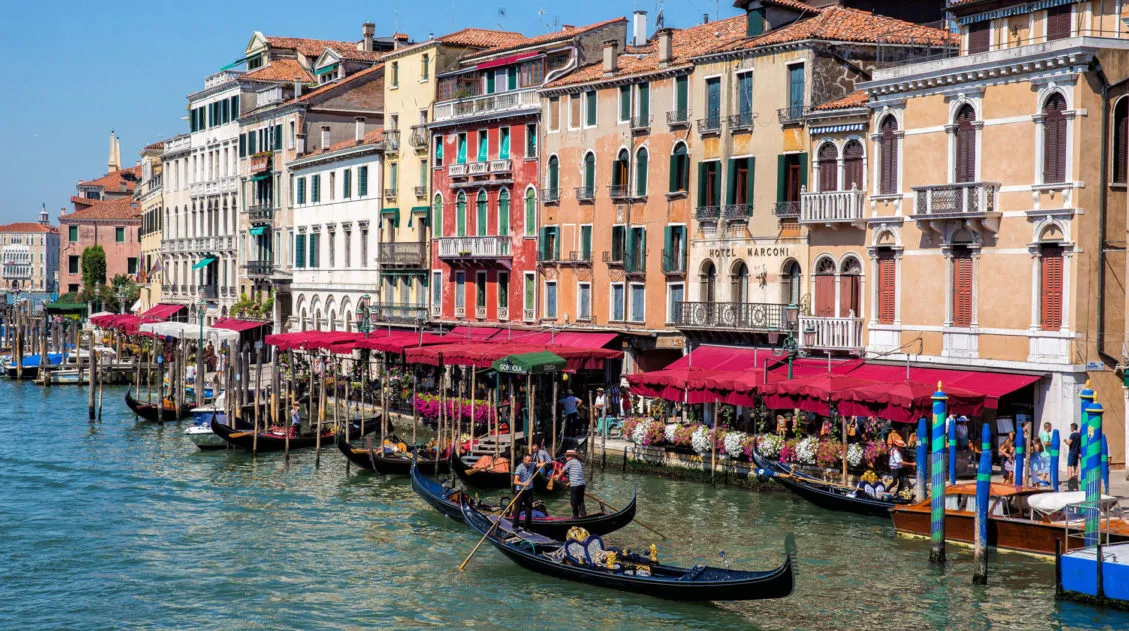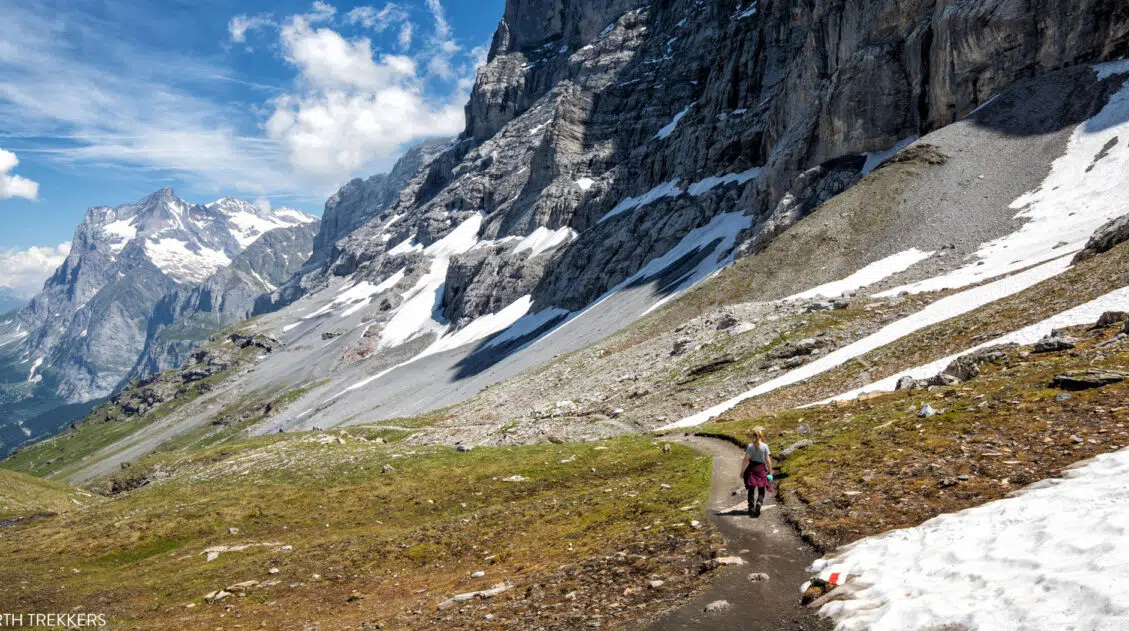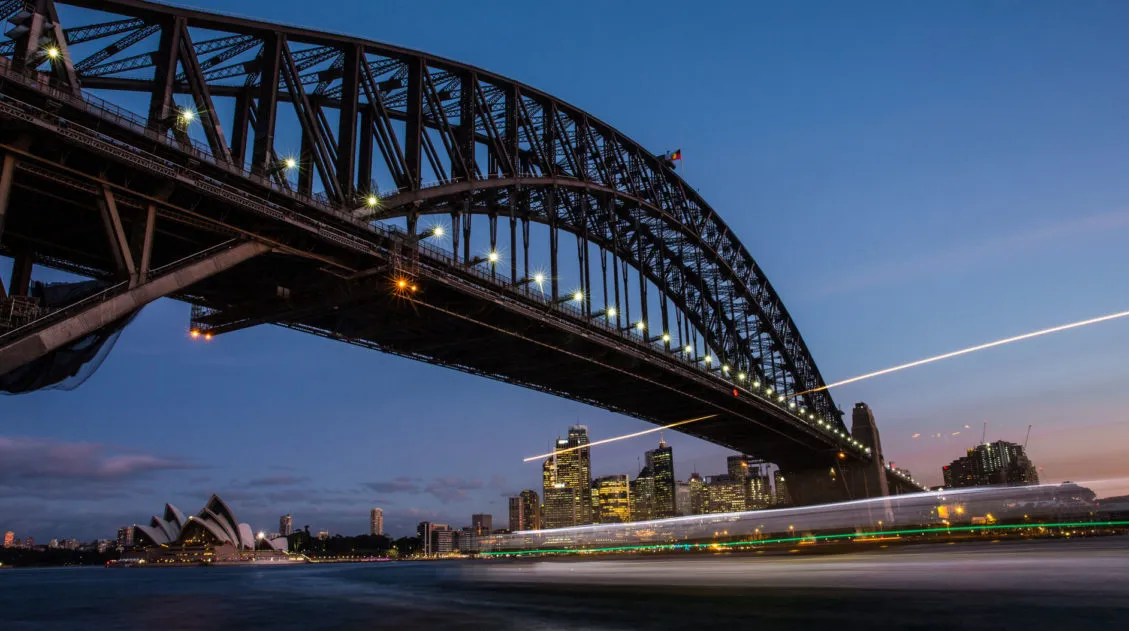Bosnia & Herzegovina Travel Guide
Bosnia and Herzegovina is a remarkable country that is rich in history and culture. Though it is often overlooked due to its connection to the Yugoslavian War, its hospitable people and unique mix of cultures and faith make it a great destination to explore. Here you can hop around towns with ancient medieval ruins and beautiful Ottoman architecture. The countryside is also dense with grand waterfalls and turquoise pools, rivaling Croatia’s own beauty. If traveling the Balkan Peninsula, make sure to include Bosnia and Herzegovina to your itinerary.
Bosnia & Herzegovina Stats
Official Language: Bosnian
Population: 3 million
Capital City: Sarajevo
Currency: Bosnia-Herzegovina Convertible Mark (BAM)
Power Outlet: Type F
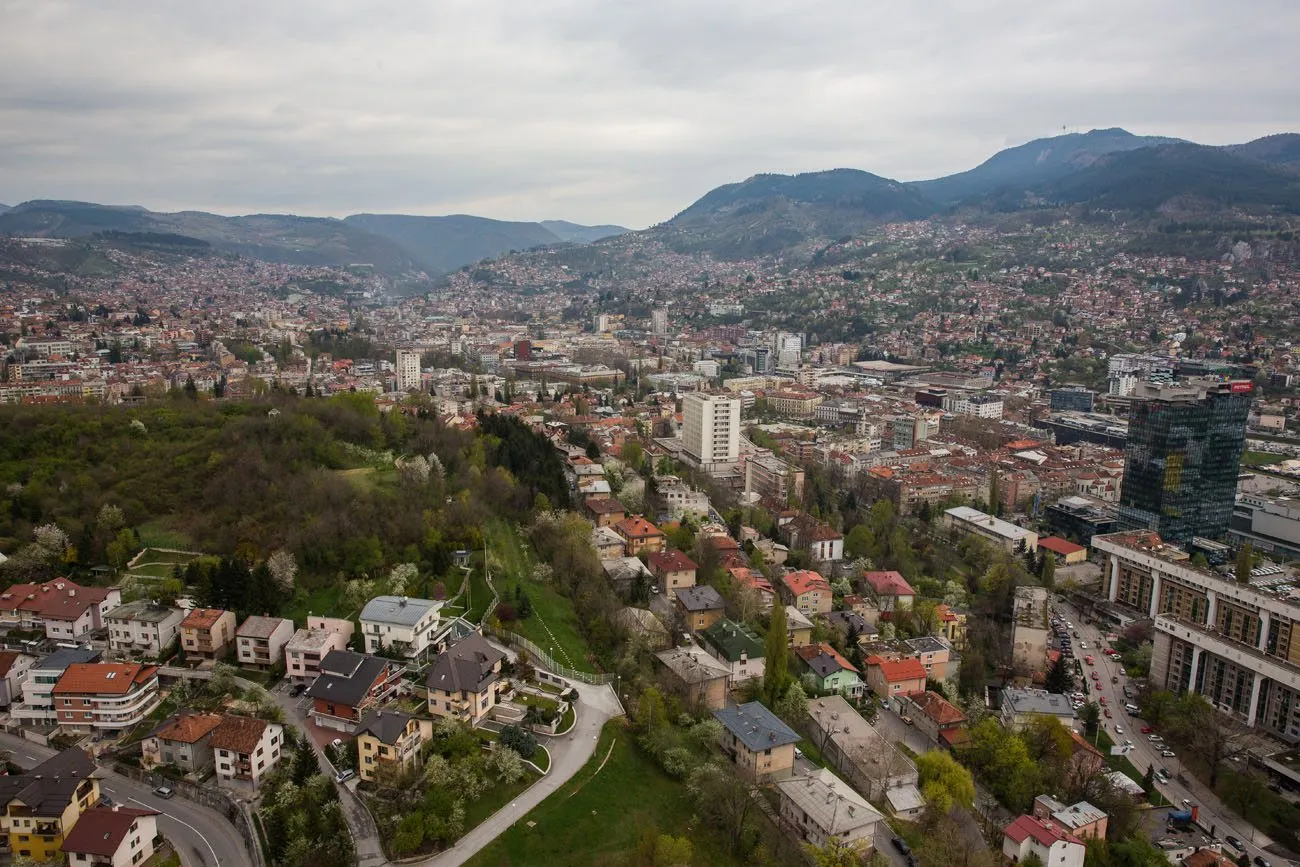
Sarajevo
Sarajevo, the capital of Bosnia and Herzegovina, is a city with a tumultuous history. WWI started here in 1914 with the assassination of Archduke Ferdinand of Austria. In 1984, Sarajevo was broadcasted into homes all over the world, as millions of people tuned in to watch the Winter Olympics. Just 6 years later, the world tuned again, this time for a more somber event, the Bosnian war.
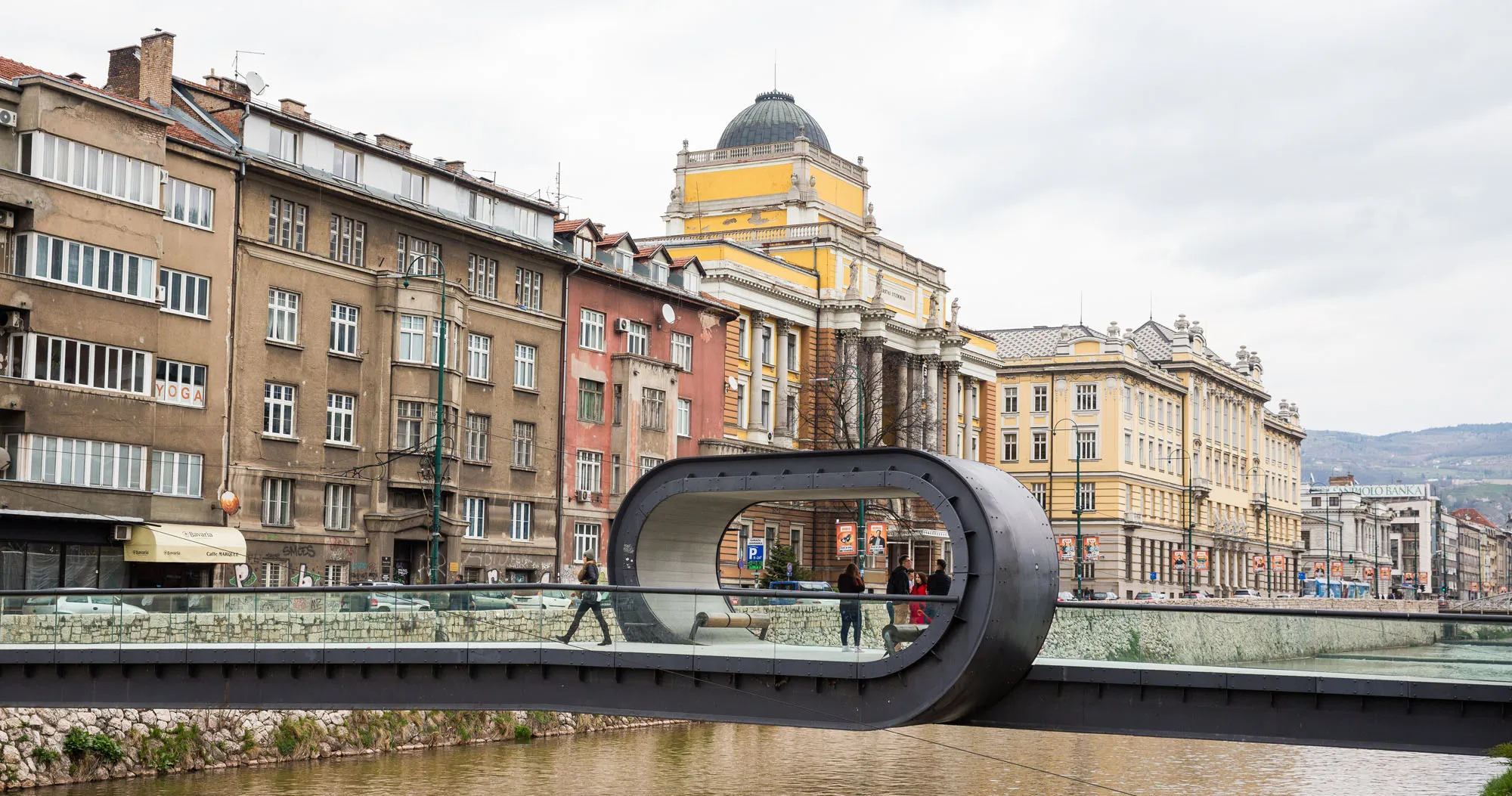
9 Must-Have Experiences in Sarajevo
Mostar
Photographing Stari Most: Where to get the Best Views in Mostar
I admit it. I was obsessed with getting the perfect photo of Stari Most (the Old Bridge) in Mostar. This fairytale bridge has been on my photography bucket list ever since I saw photos of it on other travel websites. In order to have the best experience, we planned on being in Mostar for 24 […]
Best Things to Do in Mostar, Bosnia & Herzegovina
The town of Mostar is one of Bosnia & Herzegovina’s most popular destinations. With cobblestoned streets, old stone buildings, and its beautiful bridge spanning the picturesque Neretva River, this town looks like it was plucked from the pages of a fairytale. This small town attracts thousands of visitors per year. Seeing Stari Most, the Old […]
Balkan Peninsula
Balkan Peninsula Itinerary: Croatia, Montenegro, and Bosnia & Herzegovina
This Balkan Peninsula itinerary is perfect for those who want to explore this gorgeous corner of Europe. Tour three countries, visit coastal, medieval towns, cruise the Adriatic Sea, lounge on some of Europe’s most unique beaches, dine on fresh seafood, and climb the highest mountain in the Adriatic Sea, if you desire. Croatia is a […]
10 Epic Days on the Balkan Peninsula: Croatia, Montenegro, and Bosnia & Herzegovina
For 10 awesome days we toured the Balkan Peninsula, visiting Croatia, Montenegro, and Bosnia & Herzegovina. What an incredible trip. From walking the medieval walls in Dubrovnik to viewing the spectacular landscapes of Montenegro to getting a history lesson in Sarajevo, this is one of our favorite trips of all time. Here are the highlights from […]
Europe Travel Inspiration & Practical Info
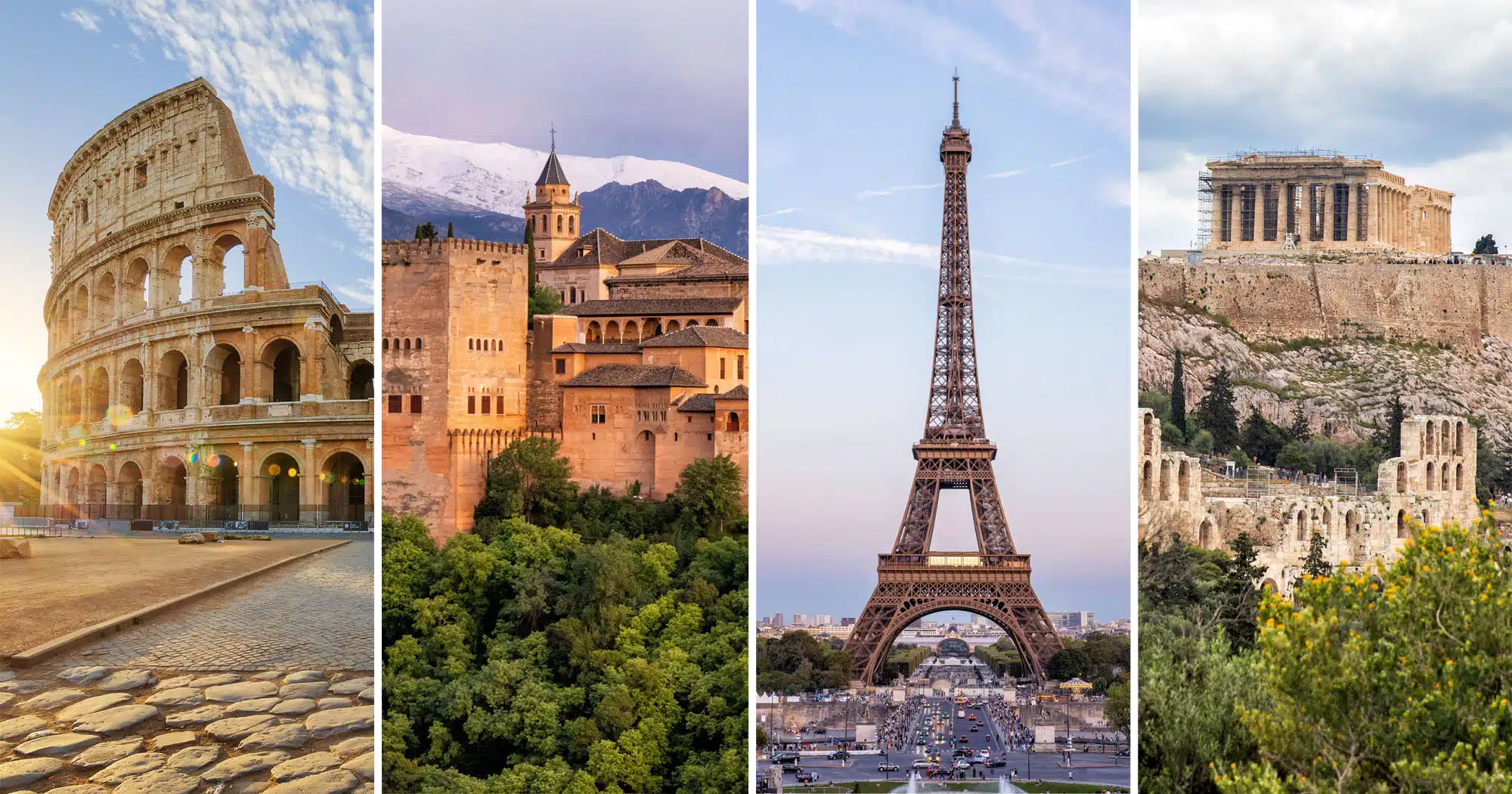
30 Popular Tourist Attractions in Europe & How to Visit Them
From world class museums and ancient archaeological sites to stunning natural wonders, Europe boasts a diverse array of attractions that attract millions of visitors every year. Here are 30 of the most popular tourist attractions in Europe and how to visit them.
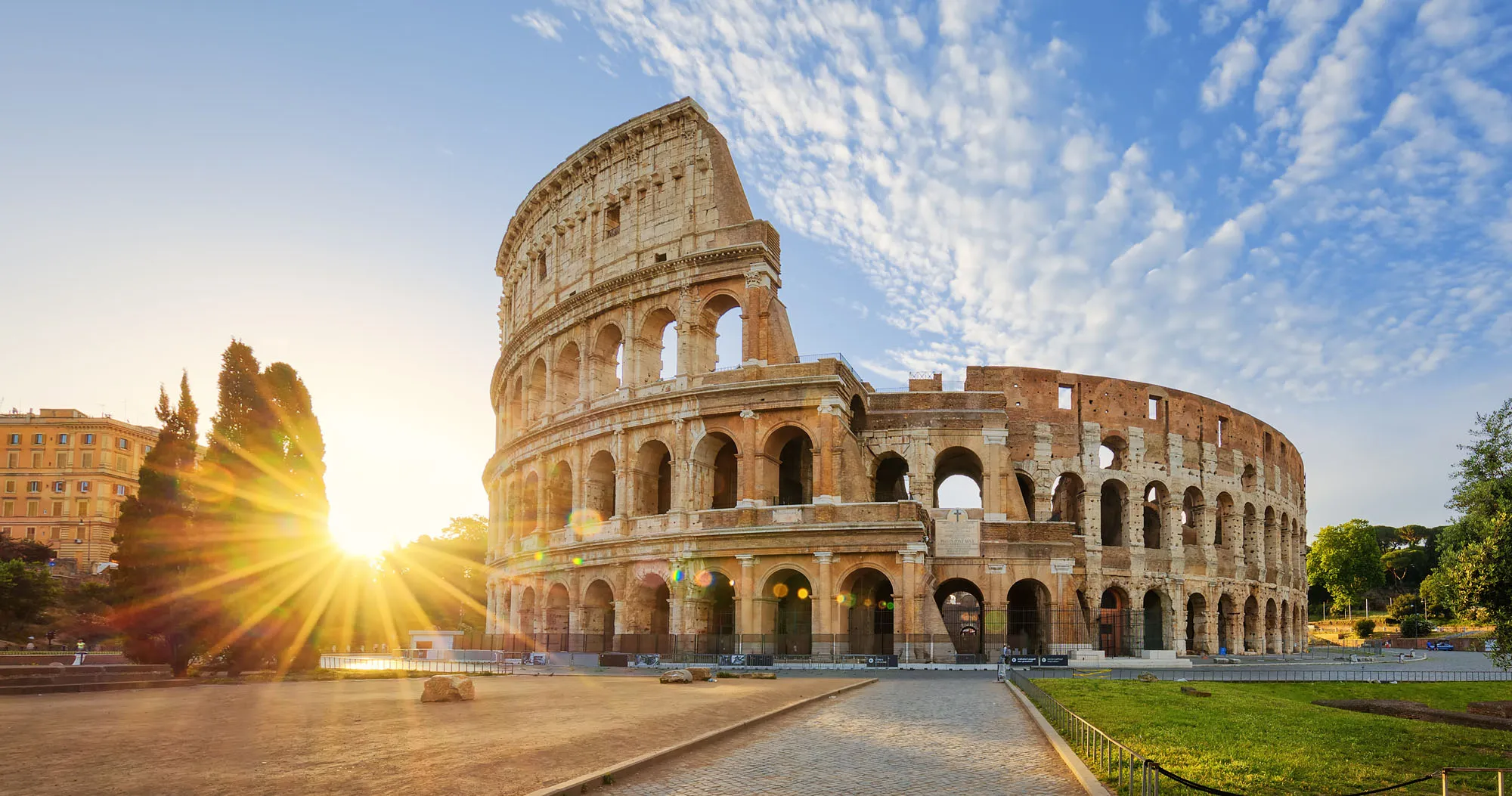
One Week in Europe: 25 Epic Itineraries
Do you dream of visiting world-class cities like Paris, Barcelona, or Venice? Or would you rather hike the Alps, go on a scenic train ride, explore the beautiful beaches and coastal towns in southern Europe, visit fairytale towns and castles, island hop in Greece, or go on an unforgettable road trip in northern Europe?
In this article we list 25 ways to spend one week in Europe.
10 Days in Europe: 10 Amazing Itineraries for Your Next Trip
Europe is a joy to explore. With world-class cities, medieval towns, historical sites, the snowcapped Alps, gorgeous beaches, and some of the world’s most delicious food, you have the perfect ingredients for your next vacation. If you want to spend 10 days in Europe, we have ten amazing itineraries to share with you. In this […]
15 Things You Should Know about Renting a Car in Europe
Having a car provides a lot of freedom and convenience when traveling through Europe. You can travel at your own pace, stop frequently to take in the view, and get to some places that are difficult to reach with public transportation. However, there are some things to know about renting a car in Europe. Knowing […]
30 Beautiful Places to Visit in Europe (+ Map and Photos)
It is no secret that Europe is filled with beautiful places to visit. With its grand cities, fairytale-like towns, soaring mountain ranges, and gorgeous beaches, there is a seemingly endless list of gorgeous places to explore. Whether you are planning your next trip to Europe, or just trying to figure out where to travel to […]
7 Things to Know When Planning Your First Trip to Europe
If you are planning your first trip to Europe, it can be an overwhelming experience. Where should you go? How much will it cost? How many places can you visit? Does this sound familiar? We get emails every day from people who want advice planning their first trip to Europe. And we see the same […]
Best Hikes in Europe: Our 20 Favorite Day Hikes
Europe is one of our favorite places to go hiking. There’s no better way to explore the dramatic and varied landscapes here, from the snow-capped Alps to coastal trails to the remote, volcanic interior of Iceland. In this guide we list 20 of the best hikes in Europe, 20 amazing ways to explore this beautiful […]
Travel Photography Gear Guide: What’s In Our Camera Bag
Do you want to know how we capture the images that you see on our website? Here is our photography gear guide, with links and explanations of our photography gear and accessories. At the end of this post, we offer tips and tricks on how to take better photographs while traveling. Photography Gear Guide The […]
Top Experiences in Bosnia & Herzegovina
Sarajevo: Sarajevo, the capital of Bosnia and Herzegovina, is a city with a tumultuous history. WWI started here in 1914 with the assassination of Archduke Ferdinand of Austria. Today, more recent historical events such as the war in the 1990’s still leave a very visible mark on the city and its people. A visit to Sarajevo is not complete without learning about this war and seeing the scars it still leaves on the city today.
Mostar: The town of Mostar is one of Bosnia & Herzegovina most popular destinations. With cobblestoned streets, old stone buildings, and its beautiful bridge spanning the picturesque Neretva River, this town looks like it was plucked from the pages of a fairytale.
Banja Luka: Banja Luka is a modern city with a rich cultural background and fascinating history. Here you will find a fortress built by the Romans, a beautiful Islamic mosque, and a breathtaking Orthodox Cathedral with golden domes and vivid frescos inside. The town also has a great atmosphere for shopping and relaxing at various cafes.
Una National Park: Not far from the popular Plitvice Lakes National Park in Croatia, Una National Park is a natural treasure that features gorgeous waterfalls, dense forests, and an abundance of wildlife. A network of boardwalks and walking trails will guide you around the park’s picturesque pools and waterfalls. Or, if you are feeling more adventurous, you can take a wild rafting tour down these falls.
Travnik: Travnik is one of the oldest towns in Bosnia and Herzegovina, and it was once the capital of the Kingdom of Bosnia. Because of its importance in history, the town has many monuments to see such as the impressive ruins of a castle and the only painted mosque in the country.
Jajce: Jajce is a small historical town with not only a well-preserved Old Town and fortress, but also a large-waterfall in the town’s center. Jajce has much medieval history, for it was first settled by the Roman empire and was later overtaken by the Ottomans. The town has many relics to see and explore, making it a great day trip from larger Bosnian cities.
Blagaj: Just outside of Mostar lies Blagaj, a small village that holds a Dervish Monastery. This monastery, named the Blagaj Tekke, is set underneath a jagged cliff face and alongside a small river flowing from the mouth of a cave, giving the monastery a truly serene setting. Visitors can enter the monastery and admire its Ottoman architecture.
Kravica Waterfalls: Kravica Waterfalls holds one of Bosnia’s largest waterfalls at over 25 meters high. It is a beautiful natural landmark that is only a short drive from Mostar. Walking trails lead to the waterfall, and swimming and sunbathing are also popular activities to do here.
Trebinje: Trebinje is a great place to visit for a day as you travel about Bosnia and Herzegovina. Here you can walk through the Old Town and over the Arslanagić Bridge to get charming views of the surrounding river valley and impressive mountains. Above Trebinje, is an exquisite monastery where you can taste wine made in the cellars below.
Pocitelj: Pocitelj is a small medieval village perched alongside a mountain. Its location provides grand views of the river valley below, and the city itself has many Ottoman and Medieval architectural influences including small cobbled streets, a clock tower, and a mosque. The town is a historical gem that makes for a great quick stop for those traveling around the Herzegovina region.
Medjugorje: Medjugorje has been a major Catholic pilgrimage site since 1981 when an apparition of the Virgin Mary appeared to six children. Today, this town is a major religious site to tour, and visitors can attend mass and see holy sites.
Best Time to Visit Bosnia and Herzegovina
Bosnia and Herzegovina can be visited year round, but the best months to visit are April through October. Spring and autumn have pleasant daytime temperatures but there is almost a 50/50 chance it will rain on any given day. In the summertime temperatures can soar up to 100°F (36°C) but there is very little chance of rain. Winter tends to be the worst time to visit Mostar with regards to weather, since it is cold and wet.
Peak season for tourism is during the summer months. During this time, expect large crowds and hot temperatures. The best months to visit are May, June, and September, when the weather is pleasant but you avoid the peak crowds of summer. In April and October, there is more chance for rain, but towns tend to be much quieter with less tourists (and lower accommodation costs!).
